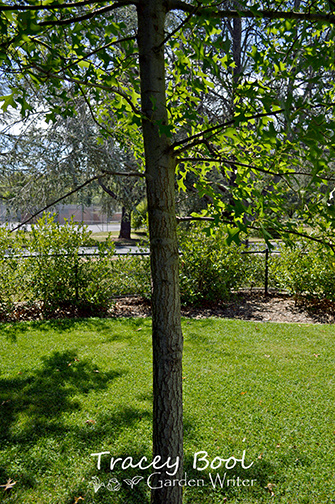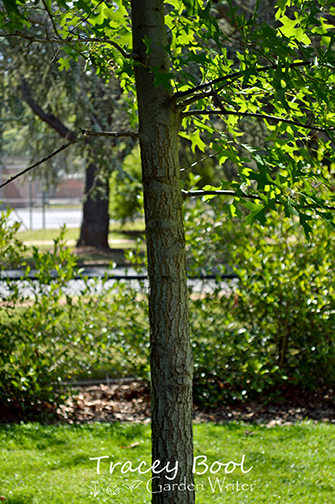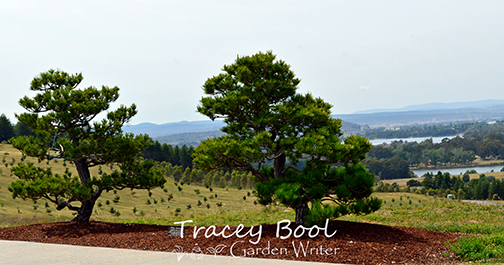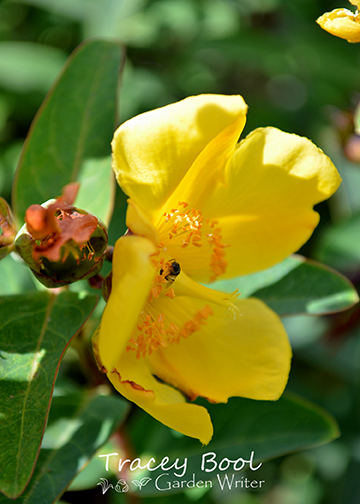|
Photography in the Garden
(19 March 2015) I recently attended a Photo Access introductory DSLR photography course at the Manuka Arts Centre, and if you are more of a visual, hands-on kind of learner and the mere thought of navigating a technical manual turns you inside out, then face to face teaching is a great option. The following are some of the basics to be mindful of when embarking on your plant, landscape, and wildlife journey using a DSLR camera:
For more information about PhotoAccess and available courses: www.photoaccess.org.au |
Photos one and two demonstrate how Depth of Focus increases the further away you are from the subject. I focused on the tree in the foreground in both images, but stepped back for the second one, consequently making the tree in the background appear closer.
Photo three is of a landscape image I took at National Arboretum Canberra, where the focus is on the horizon. Aim for a focal length of around 16-5mm (generally written on top of lens).
Photo four is of a macro-style image of a Hibbertia scandens flower, where the focus is on the flower with a shallow depth of field, creating a blurred background. A true macro image is 1:1 minimum, but a lens which allows you to take 1:5 images or less is adequate for most close-up applications.
|




